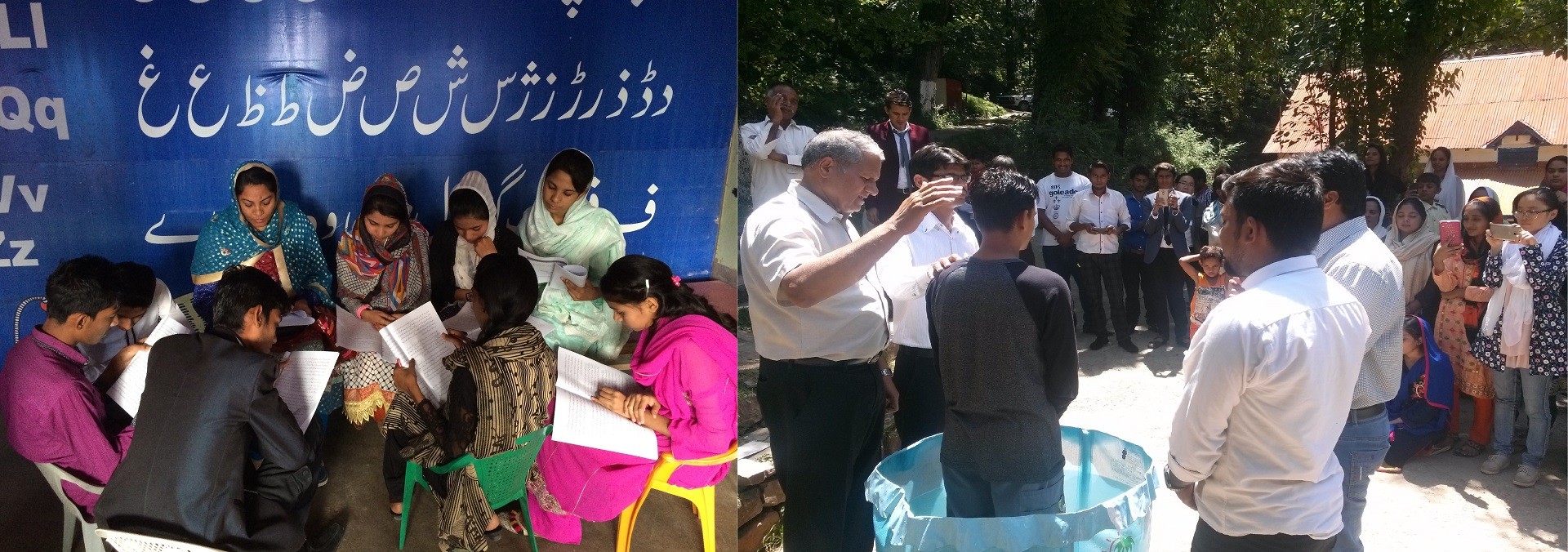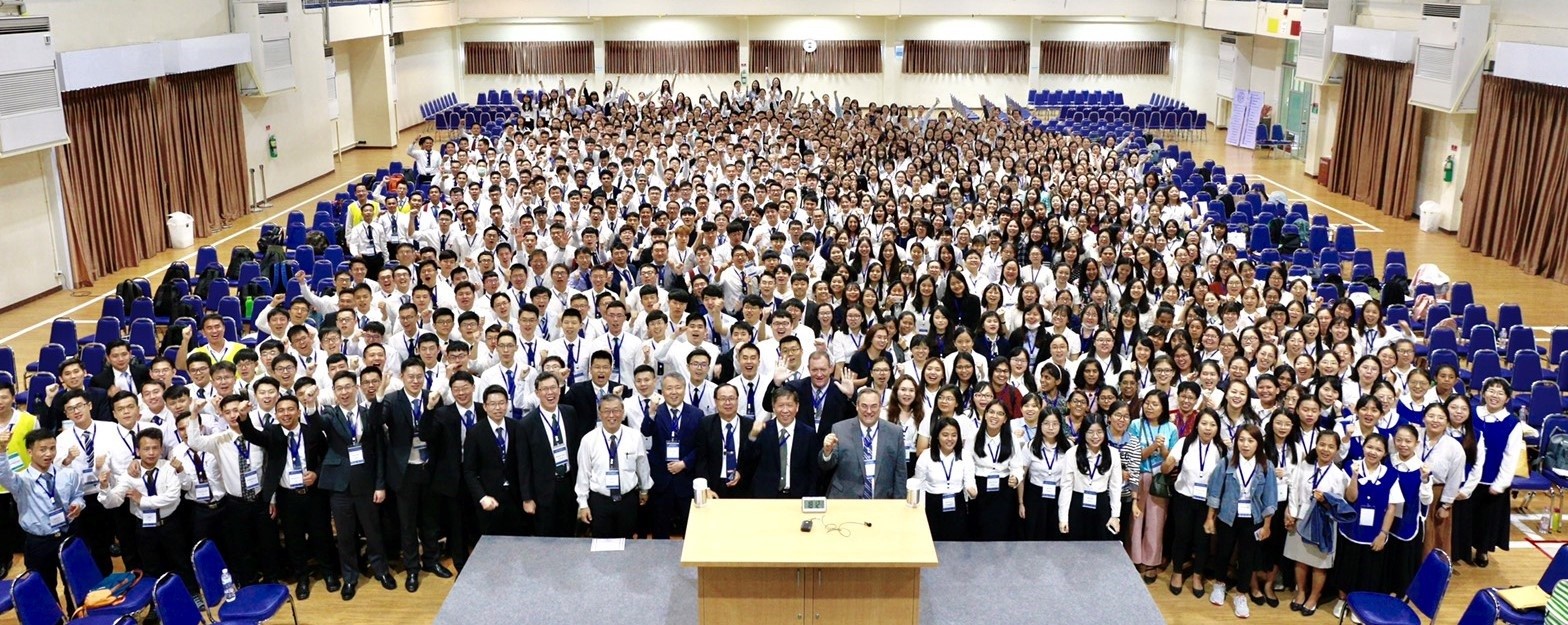Cambodia
Background:
Most Cambodians consider themselves to be Khmers, descendants of the Angkor Empire that extended over much of Southeast Asia and reached its zenith between the 10th and 13th centuries. Attacks by the Thai and Cham (from present-day Vietnam) weakened the empire, ushering in a long period of decline. The king placed the country under French protection in 1863, and it became part of French Indochina in 1887. Cambodia gained full independence from France in 1953. In 1975, communist Khmer Rouge forces captured Phnom Penh and evacuated all cities and towns. A 1978 Vietnamese invasion began a 10-year Vietnamese occupation. The 1991 Paris Peace Accords mandated democratic elections and a cease-fire. In recent years, reconstruction efforts have progressed and led to some political stability through a multiparty democracy under a constitutional monarchy. In 2017, the only opposition party that can challenge the ruling position of the incumbent party was dissolved, turning the country into a one-party state.
Location:
Southeastern Asia, bordering the Gulf of Thailand, between Thailand, Vietnam, and Laos
Area:
Total: 181,035 sq km
Climate:
Tropical; rainy, monsoon season (May to November); dry season (December to April); little seasonal temperature variation
Ethnic groups:
Khmer 97.6%, Cham 1.2%, Chinese 0.1%, Vietnamese 0.1%, other 0.9% (2013 est.)
Languages:
Khmer (official) 95%, French, English
Religions:
Buddhist (official) 97.9%, Muslim 1.1%, Christian 0.5%, other 0.6% (2013 est.)
Population:
16,926,984 (July 2020 est.)
Country comparison to the world: 69
Age structure:
0-14 years: 30.18% (male 2,582,427/female 2,525,619)
15-24 years: 17.28% (male 1,452,784/female 1,472,769)
25-54 years: 41.51% (male 3,442,051/female 3,584,592)
55-64 years: 6.44% (male 476,561/female 612,706)
65 years and over: 4.59% (male 287,021/female 490,454) (2020 est.)
Government type:
Multiparty democracy under a constitutional monarchy
Capital:
Phnom Penh
Time difference:
UTC+7 (12 hours ahead of Washington, DC during Standard Time)
Independence:
9 November 1953 (from France)
Economy – overview:
Since 2004, garments, construction, agriculture, and tourism have driven Cambodia’s growth. GDP climbed more than 6% per year between 2010 and 2012. The garment industry currently employs more about 400,000 people and accounts for about 70% of Cambodia’s total exports. In 2005, exploitable oil deposits were found beneath Cambodia”s territorial waters, representing a potential revenue stream for the government, if commercial extraction becomes feasible. Mining also is attracting some investor interest and the government has touted opportunities for mining bauxite, gold, iron and gems. The tourism industry has continued to grow rapidly with foreign arrivals exceeding 2 million per year since 2007 and reaching over 3 million visitors in 2012. Cambodia, nevertheless, remains one of the poorest countries in Asia and long-term economic development remains a daunting challenge, inhibited by endemic corruption, limited educational opportunities, high income inequality, and poor job prospects. Approximately 4 million people live on less than $1.25 per day and 37% of Cambodian children under the age of 5 suffer from chronic malnutrition. More than 50% of the population is less than 25 years old. The population lacks education and productive skills, particularly in the impoverished countryside, which also lacks basic infrastructure.
GDP (purchasing power parity):
$64.21 billion (2017 est.)
GDP – per capita (PPP):
$4,000 (2017 est.)
Source:
CIA World Factbook







